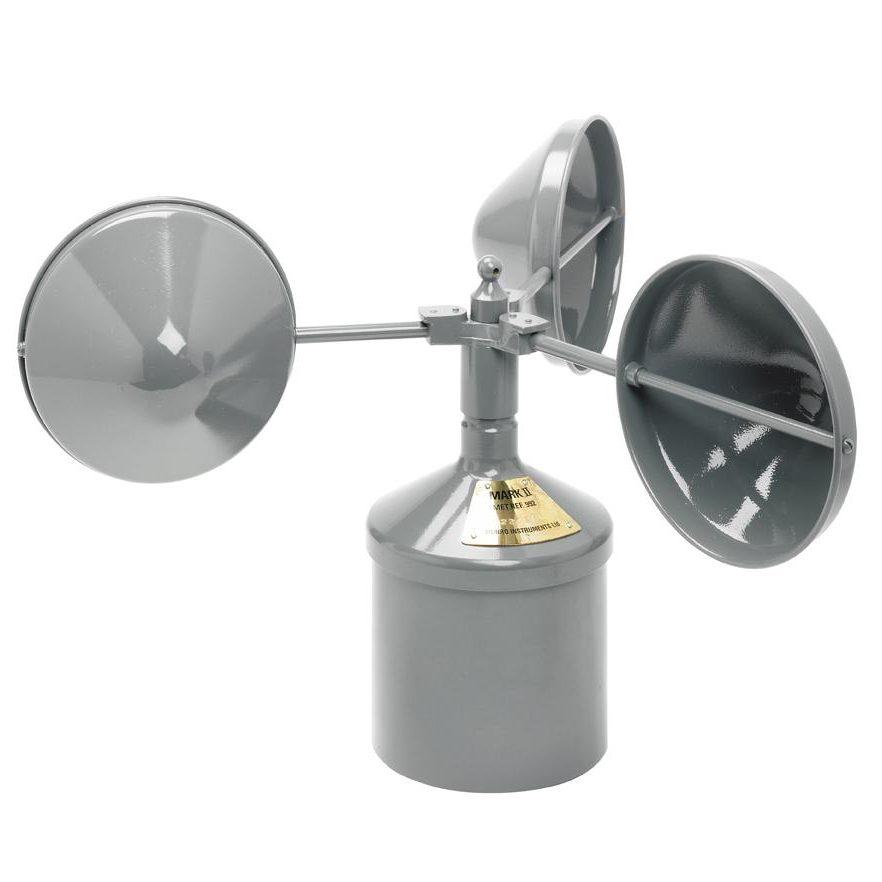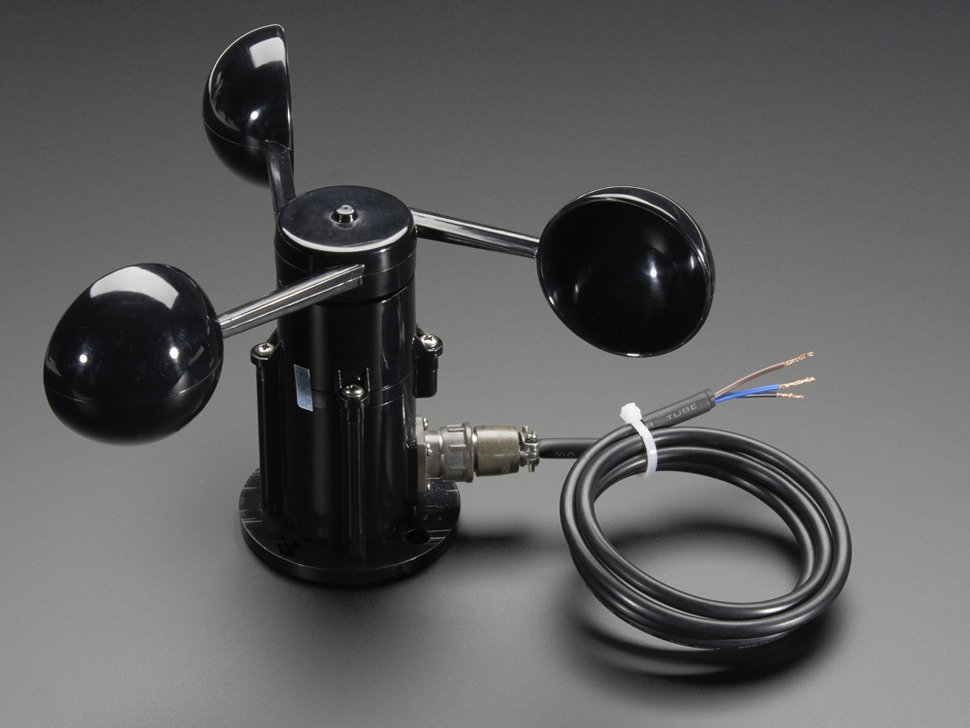Why an Anemometer is Important for Your Environmental Information Collection
Why an Anemometer is Important for Your Environmental Information Collection
Blog Article
Anemometers Unveiled: Understanding Their Relevance in Environmental Tracking and Precaution
The duty of anemometers in environmental monitoring and safety actions is usually ignored, yet their relevance is undeniable. From meteorology to aeronautics safety, anemometers play a crucial role in supplying precise information that notifies decision-making procedures and improves general safety and security.
Background of Anemometers
The development of anemometers can be traced back to the ancient civilizations where rudimentary wind measuring tools were very first used. These early wind dimension tools laid the structure for the advancement of more sophisticated anemometers over time. Among the earliest well-known anemometers was the hemispherical cup anemometer invented by Leon Battista Alberti in the 15th century. This style consisted of four hemispherical mugs that accumulated wind energy, supplying a measurement of its strength based on the speed of turning.
Over the years, improvements in innovation led to the growth of even more contemporary anemometers, consisting of ultrasonic anemometers and laser Doppler anemometers, offering enhanced precision and efficiency in determining wind speed and instructions. The history of anemometers showcases a remarkable journey of innovation and development in the area of weather forecasting.
Types of Anemometers
Throughout the field of weather forecasting, different kinds of anemometers have actually been established to properly determine wind speed and direction. The most usual kind is the mug anemometer, which contains 3 or 4 cups placed on straight arms that turn with the wind. As the mugs rotate, the rate at which they rotate is straight symmetrical to the wind speed. An additional extensively used kind is the vane anemometer, which features a tail or fin that straightens itself with the wind instructions. This alignment permits the device to establish the wind instructions. Sonic anemometers utilize ultrasonic signals to determine wind rate and direction precisely. They are commonly utilized in research applications because of their high accuracy. Hot-wire anemometers run based upon the principle that the cooling effect of wind on a heated wire is symmetrical to the wind speed. These anemometers are suitable for gauging reduced wind speeds with high accuracy. Each sort of anemometer has its strengths and is chosen based on the particular demands of the tracking job handy.
Applications in Weather Forecasting
Having actually gone over the different kinds of anemometers made use of in meteorology for gauging wind speed and instructions, it is important to discover their sensible applications in the area. Anemometers play a crucial role in meteorology by offering exact and real-time data on wind problems (anemometer). Meteorologists utilize anemometers to keep an eye on wind speed and instructions to anticipate weather patterns, concern warnings for severe weather condition occasions like twisters, typhoons, and storms, and assess weather for aeronautics safety and security
In meteorology, anemometers help in understanding regional and local wind patterns, which are crucial for anticipating weather condition adjustments and identifying weather trends. These tools are additionally made use of in research study to research microclimates, metropolitan warm islands, and air pollution dispersion. In addition, anemometers are used in farming to optimize plant administration methods, such as irrigation and chemical application, based on wind conditions.
Relevance in Aeronautics Safety
An indispensable aspect of ensuring aviation safety and security depends on the thorough monitoring of wind problems using anemometers. Anemometers play a vital function in air travel by providing real-time information on wind rate and direction, helping pilots in making notified decisions during take-off, flight, and touchdown. Unforeseeable and solid winds can substantially influence airplane procedures, making it important for aeronautics authorities to count on accurate wind dimensions to make certain the safety and security of guests and staff.

In the vibrant environment of aviation, where even minor adjustments in wind rate and direction can have profound impacts, anemometers stand as vital devices for promoting safe and secure and secure flight.
Duty in Environmental Research
Just how do anemometers add to improvements in ecological study? Anemometers play a crucial duty in environmental research by offering important information on wind speed and instructions. This details is vital for recognizing numerous climatic procedures, such as air pollution diffusion, weather patterns, and climate modification. By accurately determining wind characteristics, anemometers assist scientists analyze their explanation the movement of contaminants in the air, evaluate the effect of commercial exhausts, and forecast the spread of pollutants in the setting.


Verdict
In conclusion, anemometers have played an essential role in environmental monitoring and security steps. Recognizing the relevance of anemometers is essential for properly determining wind speed and instructions, which is vital for forecasting weather condition patterns, ensuring safe aeronautics procedures, and conducting ecological research studies.
One of the earliest recognized anemometers was the hemispherical cup anemometer created by Leon Battista Alberti in the 15th century. Over the years, innovations in technology led to the development of more modern-day anemometers, including ultrasonic anemometers and laser Doppler anemometers, offering raised accuracy and efficiency in gauging wind rate and direction. Hot-wire anemometers operate based on the principle that the cooling impact of wind on a warmed cable is proportional to the wind speed. Meteorologists utilize anemometers to monitor wind rate and instructions to forecast weather condition patterns, concern warnings for severe climate occasions like typhoons, storms, and twisters, and examine climatic conditions for aeronautics safety.
Recognizing the relevance of anemometers is important for precisely determining wind rate and direction, which is essential for forecasting weather condition patterns, making sure secure air travel procedures, and carrying out environmental go now studies. (anemometer)
Report this page